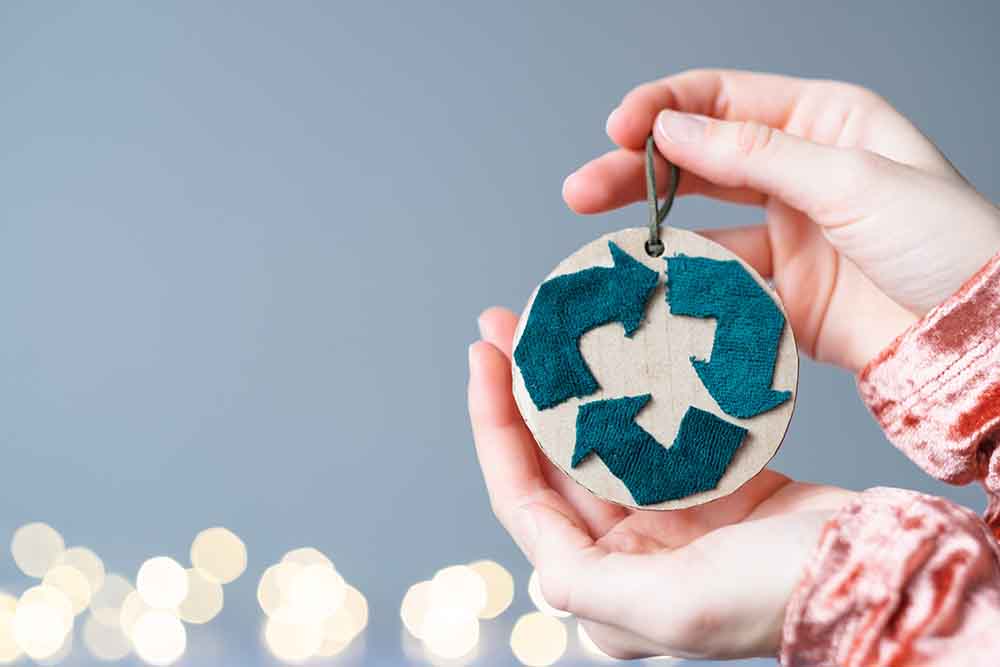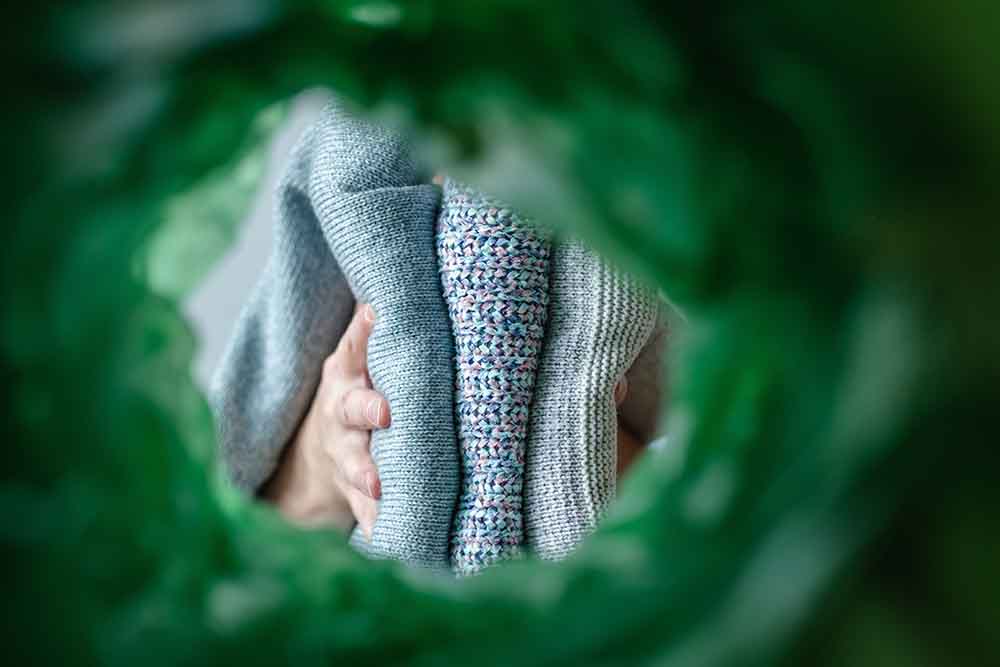Sustainable fashion is more than just a passing trend; it represents a fundamental shift in how we approach the production, consumption, and disposal of clothing. Traditionally, the fashion industry has been driven by fast-paced cycles of mass production and consumption, often resulting in waste, overuse of natural resources, and unethical labour practices. In contrast, sustainable fashion seeks to remedy these issues by prioritising eco-friendly materials, ethical labour conditions, and a circular approach to product life cycles. It involves everything from using organic cotton, recycled fabrics, and plant-based dyes to designing clothes that are durable, versatile, and built to last.
The importance of sustainable fashion extends beyond just protecting the environment. The fashion industry is one of the largest polluters in the world, contributing to environmental degradation through water pollution, excessive use of chemicals, and the enormous carbon footprint associated with the global transportation of garments. Additionally, the fast fashion industry often exploits cheap labour in developing countries, where workers are subjected to unsafe working conditions and inadequate wages.
By choosing sustainable fashion, consumers can reduce their environmental impact, support fair labour practices, and contribute to an industry-wide transformation. This movement towards sustainable fashion not only promotes eco-consciousness but also emphasises quality over quantity, durability over disposability, and mindfulness over impulsive purchasing. In essence, sustainable fashion encourages us to make choices that are not just good for our wardrobes but are better for the planet and society as a whole.
In a world where consumer habits drive the fashion industry's ecological and social footprint, the significance of embracing sustainable fashion cannot be overstated. It’s about making informed choices—whether through purchasing clothing made from sustainable materials or investing in timeless, high-quality pieces that can withstand wear and tear over time. When we shift toward sustainability in fashion, we help reduce the ever-growing waste crisis caused by fast fashion, all while promoting a more ethical and environmentally friendly approach to our clothing choices. Through conscious decisions, we can support a movement that respects both the planet and its people.
Simple Steps to Being More Sustainable:
1. What is Sustainable Fashion: Educate Yourself About Sustainable Fashion
Understanding sustainable fashion goes beyond simply knowing what materials are eco-friendly. It’s important to dive deeper into how clothing is made, the labour practices behind it, and the brand's overall impact on the environment. Sustainable fashion encompasses a wide range of practices, such as using organic, recycled, or biodegradable fabrics, reducing carbon footprints during production and transportation, and advocating for fair wages and ethical working conditions. Researching different sustainable brands will help you identify those that align with your values, whether through their commitment to zero-waste production, using non-toxic dyes, or supporting local artisans.
Additionally, understanding certifications like Fair Trade, Global Organic Textile Standard (GOTS), or the OEKO-TEX label can help you make informed choices when shopping. Stay updated on the latest developments in sustainable fashion, as new innovations and materials emerge regularly.
2. What is Sustainable Fashion: Discover the Joys of Thrifting
Thrifting has emerged as a cornerstone of sustainable fashion, offering a practical solution to the environmental challenges posed by the fast fashion industry. By purchasing pre-loved clothing, consumers extend the lifecycle of garments, reducing the demand for new production and the associated resource consumption. This practice curbs textile waste, a significant contributor to global landfill overflow, and minimises the carbon footprint linked to manufacturing and transportation. Thrifting not only promotes circular fashion but also encourages individual expression, allowing shoppers to curate unique wardrobes while embracing eco-conscious living. Moreover, it democratizes fashion, offering affordable alternatives without compromising on style or quality. As awareness of sustainable practices grows, thrifting is reshaping consumer mindsets, shifting the focus from overconsumption to mindful purchasing. By integrating thrifted items into everyday wear, individuals take a step towards reducing environmental impact, proving that sustainability and style can seamlessly coexist.
3. What is Sustainable Fashion: Invest in Trans-Seasonal Clothes
One way to make your wardrobe more sustainable is by investing in trans-seasonal clothing. These pieces can be worn year-round, reducing the need for seasonal purchases. Choose versatile items that work across different weather conditions and can be styled in multiple ways.

4. What is Sustainable Fashion: Look After Your Clothes So They Last Longer
Taking care of your clothes can significantly extend their lifespan. Follow proper washing instructions, avoid over-washing, and repair minor damages immediately. Use eco-friendly detergents and consider air-drying instead of using a dryer to reduce energy consumption and maintain fabric integrity.
5. What is Sustainable Fashion: Donate Your Unwanted Clothes
Instead of discarding clothes you no longer wear, consider donating them. Donating not only helps reduce waste but also extends the life cycle of your garments, offering others the chance to enjoy them. You can also repurpose old clothes into new items, reducing the need for new raw materials.
6. What is Sustainable Fashion: Adapt Your Attitude to Shopping
Changing your shopping habits is crucial for embracing sustainable fashion. Shop less frequently, but with intention. Invest in pieces that reflect your personal style and are made to last. Focus on quality over quantity, and choose brands that prioritize sustainability and ethical production practices.
7. What is Sustainable Fashion: Invest in Quality Over Quantity
It's easy to be tempted by the allure of sales and cheap, mass-produced fashion. However, the real sustainable choice is to invest in fewer, higher-quality items that will last longer and withstand wear. Look for fabrics that are durable, timeless, and easy to care for, such as organic cotton, hemp, or wool.
8. When Buying New, Adjust How You Spend Your Money
Sustainable fashion often means spending more upfront, but this investment pays off in the long run. When buying new clothing, prioritize brands that are transparent about their sourcing, production methods, and environmental impact. Look for certifications such as Fair Trade or Global Organic Textile Standard (GOTS) to ensure your purchases align with sustainability goals.
9. What is Sustainable Fashion: Learn How to Repair Clothes Yourself
Learning basic clothing repair skills can save you money and keep your clothes out of landfills. Simple repairs such as sewing on buttons, mending holes, or fixing zippers can extend the life of your garments and prevent unnecessary waste. Plus, it's a satisfying and sustainable skill to have!
10. What is Sustainable Fashion: Change Your Perspective, and Stick to It
Adopting a sustainable mindset means committing to long-term change. Shift your focus from trends and quick fixes to investing in pieces that you'll cherish and wear for years. Remind yourself that sustainable fashion is a lifestyle choice, and sticking with it is key to making a lasting environmental impact.

Conclusion
Sustainable fashion is not simply a trend or a buzzword; it’s a mindset shift that encourages us to value quality, durability, and responsibility over the constant consumption of cheap, disposable clothing. It’s about taking a step back and considering the long-term impact of our fashion choices—not just on our wallets but on the planet as well. The goal of sustainable fashion is to create a wardrobe that isn’t dictated by fleeting trends or impulse purchases, but by pieces that are timeless, versatile, and made to last. By embracing sustainable fashion practices, we also make a commitment to reducing waste, conserving resources, and promoting fair labour conditions. Through this conscious approach to shopping, we can help foster a fashion industry that prioritises people and the planet over profit.
Sustainable fashion is about making informed decisions and supporting brands and practices that align with your values. It’s not about perfection but progress, as every small change contributes to a larger shift towards a more sustainable and ethical fashion ecosystem. When fashion meets sustainability, it proves that style can coexist with responsibility, and our choices can help shape a future where fashion isn’t just beautiful but also kind to the Earth and its people.
FAQs
What is sustainable fashion?
Sustainable fashion is the practice of creating and consuming clothing that is produced in environmentally friendly ways, prioritizing ethical labour practices and minimising waste.
Why is sustainability and fashion important?
Sustainability in fashion reduces environmental harm, lowers carbon emissions, and promotes ethical labour practices, making it essential for a healthier planet and fairer industries.
What are some examples of environmentally friendly fashion?
Examples include clothing made from organic materials like cotton, hemp, or bamboo, as well as recycled fabrics and eco-conscious brands committed to ethical manufacturing processes.
How do I find sustainable fashion trends?
To find sustainable fashion trends, follow eco-conscious fashion blogs, subscribe to sustainability-focused brands, and research materials that align with your values.